Accidents happen – but when might a child need plastic surgery for scar therapy?
KK Women's and Children's Hospital sees 60 to 70 cases that need stitches a week, mostly caused by children falling down or colliding with other kids. Here's how to know if a trip to the GP will suffice.
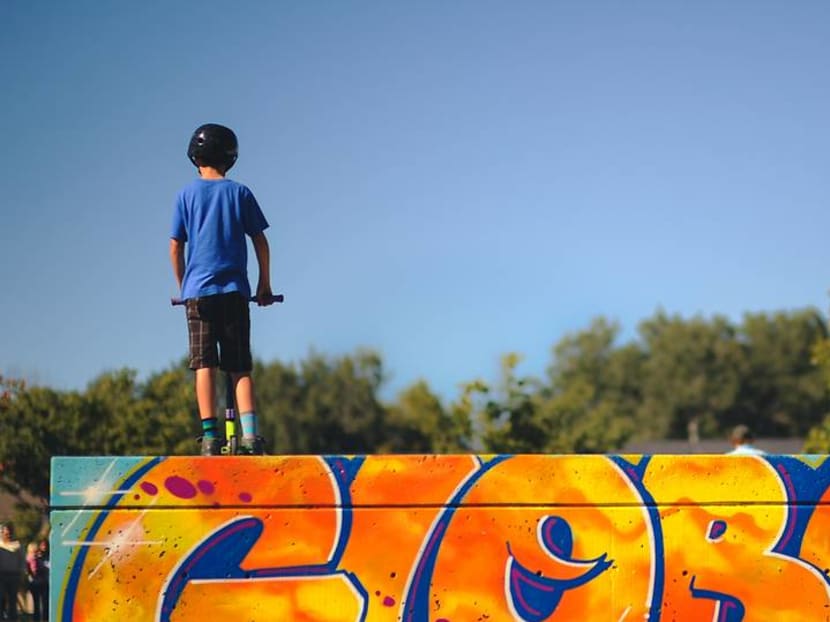
(Photo: Unsplash/Clark Young)
Getting cuts and scrapes is all part of growing up. And even when Junior’s bawling his eyes out, it usually just takes some DIY cleaning, antiseptic cream, bandages and a kiss from Mummy to sort things out. Unless it’s a bit more serious.
What counts as serious? According to Dr Melissa Tan, senior consultant at National Skin Centre, any wound that is deep and is bleeding profusely, in a critical area such as the eyelid, and/or is accompanied with fever and signs of infection warrants a doctor's assessment.
“The most common causes of lacerations include children falling down and hitting hard objects, or colliding with other children,” said Dr Gale Lim, head and consultant from KK Women’s and Children’s Hospital’s (KKH) Department of Plastic, Reconstructive and Aesthetic Surgery, which sees an average of 60 to 70 cases that require stitches each week.

Some parents have already gone further than the GP or A&E department by involving plastic surgeons. Dr Andrew Khoo, a plastic surgeon at Mount Elizabeth Hospital’s Aesthetic & Reconstructive Centre, tends to one or two cases a week – usually on the face and “especially in complex areas like the eyelids, near the lips, nose, ear and around hair-bearing areas like the eyebrows”. “All these structures have multiple layers and have visible junctions which require accurate alignment of the tissue," he said.
Special techniques such as subcuticular stitching, which hide the stitches under the skin and leave fewer stitch marks, are used.
Although experienced A&E doctors are also able to "stitch as nicely as any plastic surgeon", the latter "perform surgery on the face routinely and so, would be more familiar with the layers and structures of the face," said Dr Khoo of the difference. And if a scar becomes hypertrophic (that is, the wound produces excessive tissue as it heals but not to the extent of forming a keloid), plastic surgeons can act early with steroid injections during the follow-up period, he said.
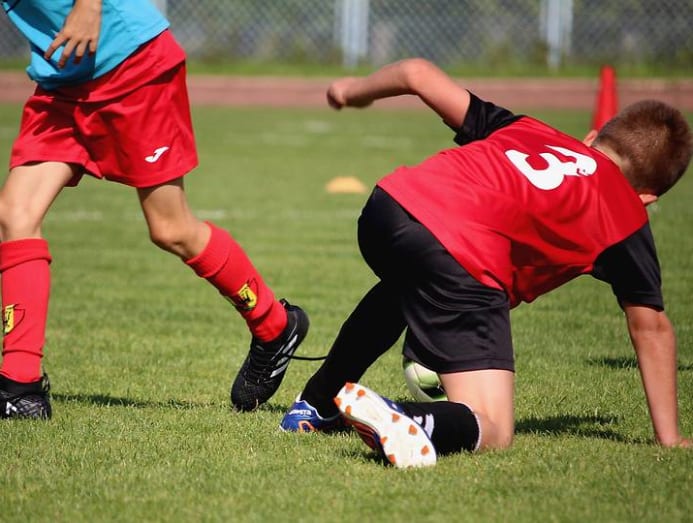
IS THERE A MINIMUM AGE FOR PLASTIC SURGERY?
There isn’t one, according to Dr Khoo. But “if general anesthesia is involved, then the anaesthesiologist will assess if the child is old enough and fit for anaesthesia,” he said.
WHEN SHOULD YOU TAKE YOUR KID TO A PLASTIC SURGEON?
It would be very costly – not to mention, an ineffective use of medical services – if parents rush to a plastic surgeon at the first sign of blood. “The first line of contact is usually a doctor from the A&E department,” said Dr Khoo. They can also advise if a plastic surgeon is required.
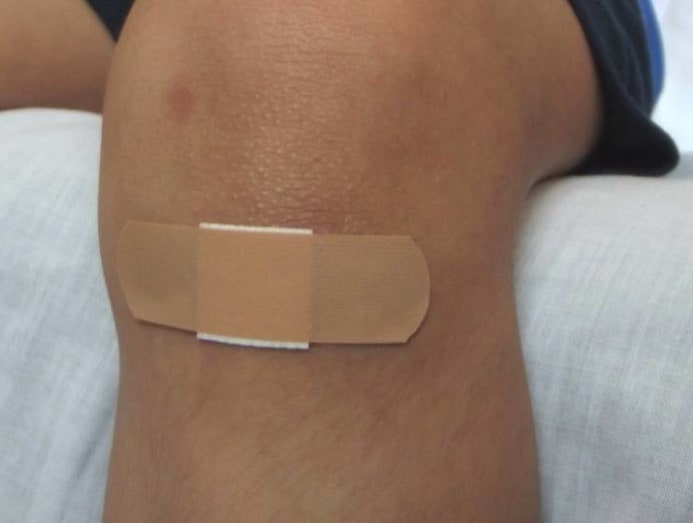
Generally, an injury that extends into the dermis (the middle layer of the skin) or beyond will usually leave a scar, said Dr Tan. "Stitches are required to close the wound and appose the skin should a laceration extend into the subcutaneous tissue (fatty layer deeper than the dermis)."
HOW SOON AFTER AN ACCIDENT SHOULD ONE GET PLASTIC SURGERY?
“If plastic surgery is decided, it is best to manage it right from the start,” said Dr Lim. “The patient can seek further assessment with a plastic surgeon on the day the trauma occurred. If the wound heals with a less-than-ideal scar, parents can also seek advice from a plastic surgeon later on, with a view to improve the scar or go for scar therapy.”
According to her, the outcome of plastic surgery on a mature scar (whitish instead of a pinkish appearance) is similar to a fresh one, and is not dependent on when the plastic surgery is performed or even the child’s age.
The patient can seek further assessment with a plastic surgeon on the day the trauma occurred. If the wound heals with a less-than-ideal scar, parents can also seek advice from a plastic surgeon later on, with a view to improve the scar or go for scar therapy.
But the risk of scarring may be higher if the wound is complex, said Dr Khoo, referring to tissue loss or jagged edges as hypertrophic and keloid scars may form in the long term.
To handle that, Dr Lim said that "meticulous surgical technique followed by early silicone gel therapy can optimise the outcome of scars".
WHAT IS DONE DURING PLASTIC SURGERY?
Dr Lim explained: “To ensure the best possible scar outcome, the wound will be cleaned and surgically debrided (damaged tissues or foreign objects removed) before the wound is closed in layers. In an older wound, we would still do the same”.
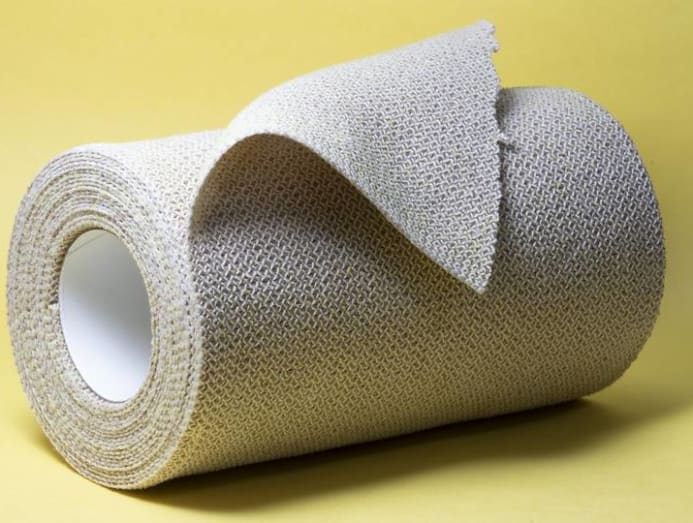
DON’T STITCHES CREATE SCARS?
Yes, the stitching itself can cause scarring, said Dr Khoo, “but we minimise this by using very fine stitches” during plastic surgery. Sometimes, special techniques such as subcuticular stitching, which hide the stitches under the skin and leave fewer stitch marks, are used, he said.
However, the majority of scars is caused by the injury itself, said Dr Khoo. “When we treat an injury, we look at how deep the injury is, and what the best way of treating the wound is. If the wound is a shallow abrasion, it is best not to stitch it up. If it is a deep laceration, we would prefer to stitch it up as it is likely to give a much nicer scar than leaving it alone to heal.”
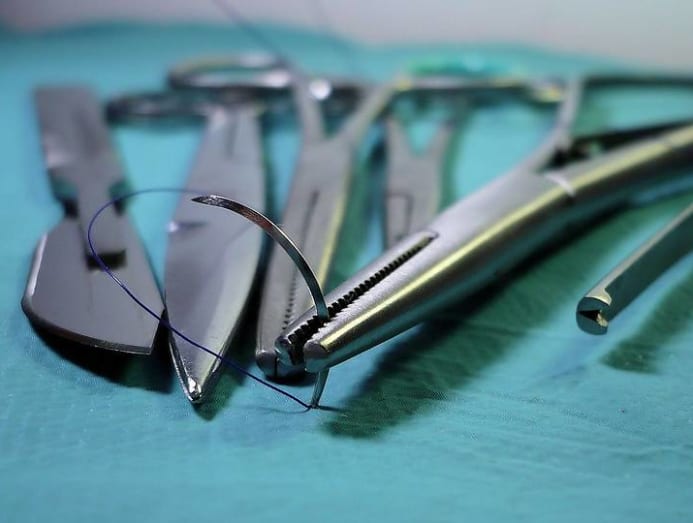
It is also about “how many layers of the skin have been cut and where the cuts are,” said Dr Khoo. “For example, on the eyelid, even a shallow laceration can involve many layers. Stitching of the wound would be advised in this case. A shallow abrasion in the knee could be allowed to heal on its own.”
In general, minimal scarring “starts with the initial treatment of the wound”, he said. Then, it’s down to “careful stitching with good alignment and tissue handling”. Next, it’s about suture removal at the right time, and the use of scar creams and gels.
READ: Should you be worried about your kid’s sweaty hands and feet?
WHEN DO THE STITCHES COME OFF?
Dr Lim explained that “typically, stitches on the face will be removed after one week. Stitches on the torso and limbs are removed in about 10 days and 14 days respectively. Stitches on the scalp and ears are removed in 10 days”.
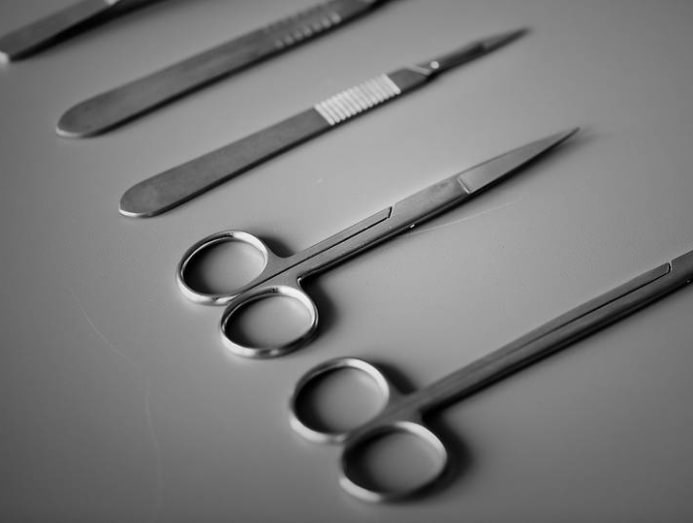
The timing is crucial because “if the sutures are removed too early, the wound might open up and create a poor scar”, said Dr Khoo, explaining that if the stitches are left on for too long, the stitch marks may create a train track-like appearance.
“We always inspect the wound before we remove the stitches to make sure that the wound is healed. It is not uncommon for the rate of healing to vary from person to person,” he said.
READ: How to get relief for children with migraine headaches
WHAT IS THE COST INVOLVED?
The medical bill is dependent on “various factors, including the nature of the injury and the complexity of the surgery,” said KKH’s spokesperson, explaining their inability to provide a ballpark figure for the cost of plastic surgery for children.
Another big contributor to cost is whether general anaesthesia is used. “Very young children need special equipment and special monitoring for general anaesthesia and this adds to the cost,” said Dr Khoo. “Anaesthesiologists generally regard children younger than 18 months old as special cases.”
If local anaesthesia is used, the total bill from a private hospital can range from S$2,000 to S$4,000; and S$7,000 to S$12,000 if general anaesthesia is used, said Dr Khoo.





